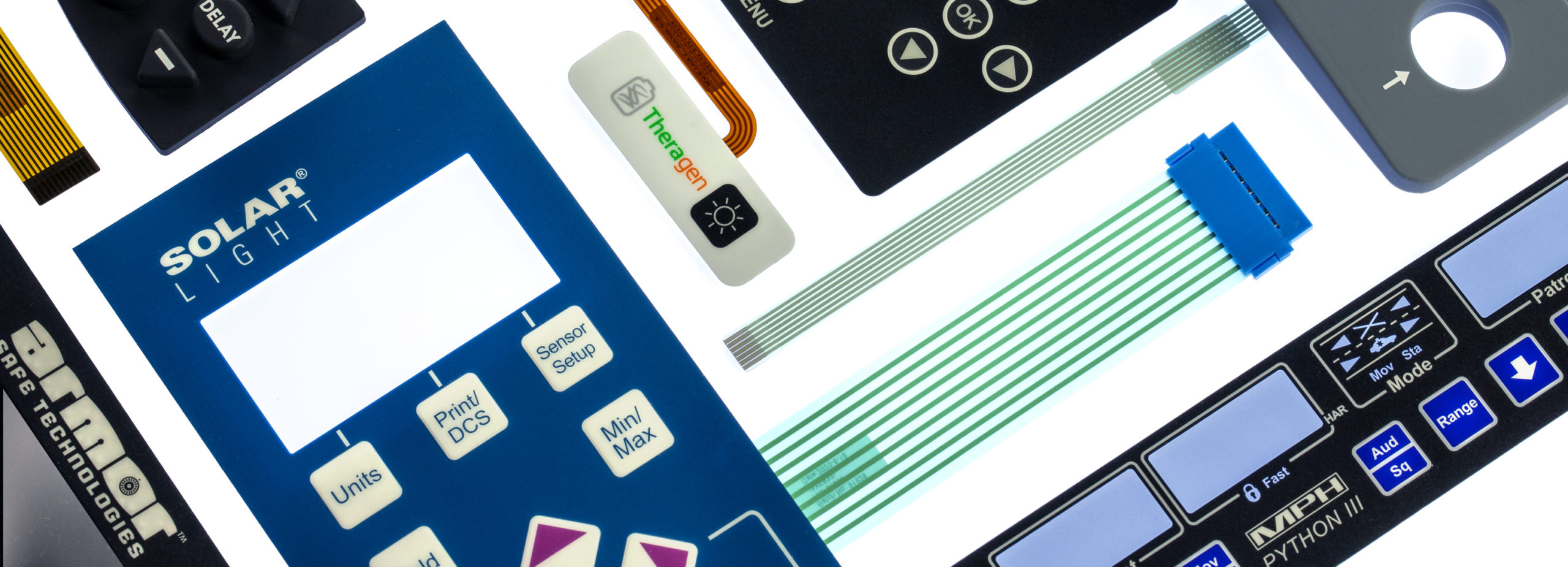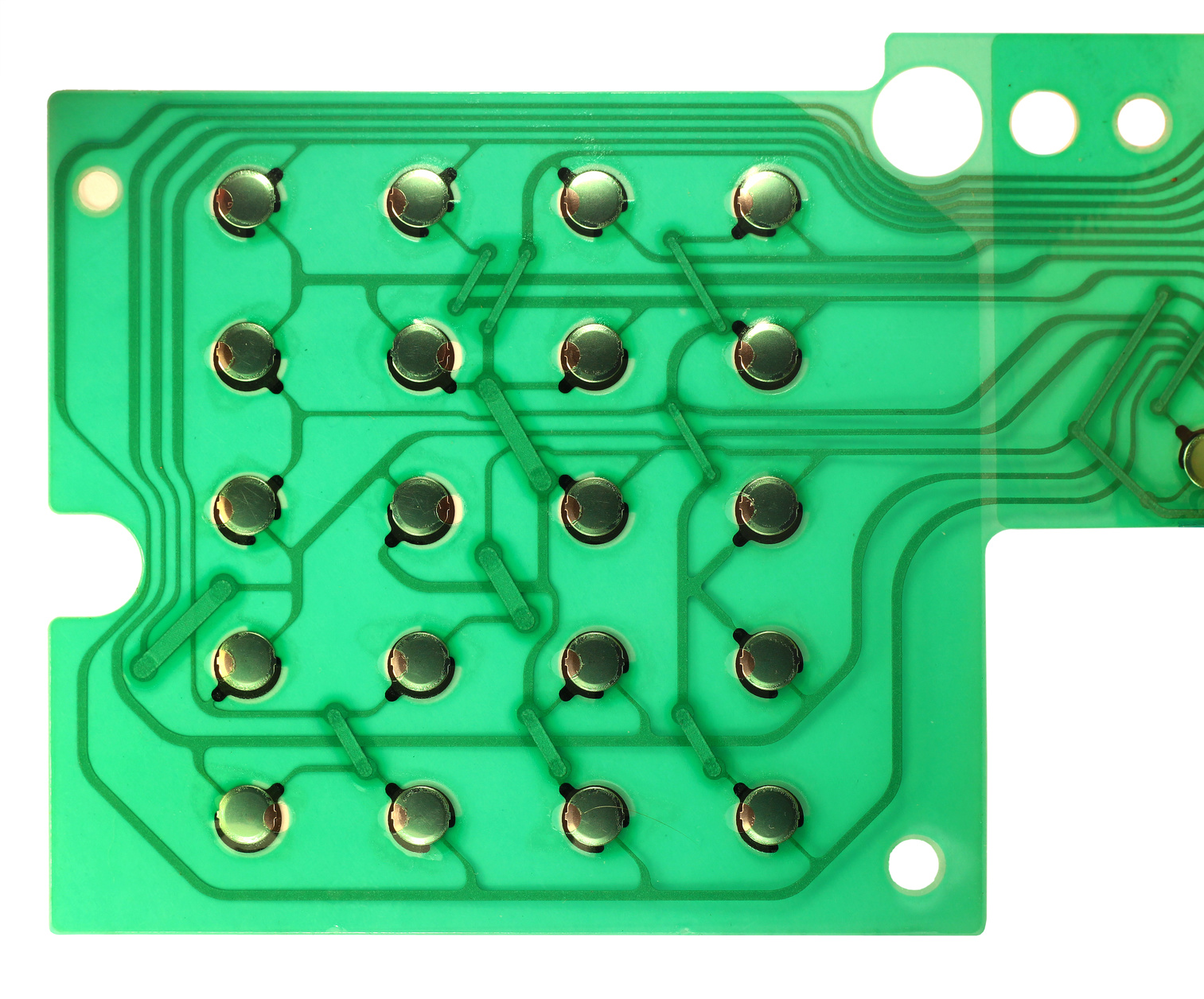Discover How Membrane Switches Feature and Their Role in Modern Electronic Devices
Membrane Switches represent an advanced integration of technology and design within the realm of modern electronic devices, functioning as vital interfaces in numerous tools. Consisted of multiple layers, these switches make use of pressure-sensitive systems to promote customer interaction. Their applications extend different industries, from customer electronic devices to medical tools, highlighting their versatility and importance. Comprehending the complexities of Membrane button performance and their more comprehensive implications in enhancing customer experience welcomes additional expedition into their layout, benefits, and the innovative advancements forming their future in technology.
What Are Membrane Switches?

Membrane buttons are identified by their toughness and resistance to environmental factors, such as dust, wetness, and severe temperature levels. They can be customized with various graphics, shades, and tactile feedback choices, enhancing individual experience while preserving visual charm - membrane switches. The incorporation of published circuits allows for smooth assimilation into tools, boosting total performance.
The versatility of Membrane switches appears in their capability to sustain both simple and complex control features. They can incorporate features such as LED indications and touch-sensitive technology, dealing with particular customer needs. As innovation continues to advance, Membrane Switches stay crucial for allowing efficient and user-friendly individual interfaces, consequently playing a pivotal duty in the development of modern digital devices.
Parts of Membrane Switches
Membrane buttons are composed of a number of crucial elements that collaborate to create a trusted and functional user interface. The primary elements include the graphic overlay, sticky layer, spacer layer, and conductive traces.
The graphic overlay functions as the interface, typically published on an adaptable substratum such as polyester or polycarbonate. This layer not only offers visual appeal yet additionally consists of responsive feedback, aesthetic cues, and protective attributes. Below the visuals overlay exists the sticky layer, which protects the switch to the tool and guarantees durability against environmental anxieties.
The spacer layer is essential for preserving the necessary space in between the graphic overlay and the circuit layer. This gap enables the activation of the button when pressure is used. The conductive traces, usually made from silver or carbon, form the electrical paths that complete the circuit when the switch is engaged.
Furthermore, a support layer might be included for structural assistance and insulation. These elements team up perfectly, ensuring that Membrane switches are both resilient and user-friendly, making them essential in numerous contemporary digital applications.
How Membrane Switches Job
Just how do Membrane Switches function properly within electronic devices? Membrane Switches operate on the concepts of pressure-sensitive modern technology, using a split building and construction that consists of visuals overlays, sticky layers, and conductive components.
The layout of Membrane buttons is essential for their reliable operation (membrane switches). The look here layers are diligently engineered to provide tactile responses, resilience, and resistance to ecological factors such as moisture and dust. The inclusion of domes-- little, elevated areas within the switch-- enhances tactile action, giving customers with a visible click sensation upon activation
Moreover, Membrane buttons can be tailored in terms of size, form, and graphics, making them ideal for different applications. They are frequently used in control panels, clinical tools, and consumer electronics because of their smooth style and reliability. On the whole, the efficient functioning of Membrane buttons is critical in boosting customer interaction and making certain seamless operation in modern-day electronic tools.

Applications in Modern Instruments
Utilizing their distinct design and performance, Membrane switches have ended up being essential components in a wide range of modern electronic tools. These flexible interfaces are utilized in consumer electronics, commercial devices, medical tools, and automobile controls, giving smooth individual communication.
In consumer electronic devices, Membrane switches are commonly found in devices like microwaves, washing equipments, and other house gadgets, where they make it possible for user-friendly control with a smooth profile. Their low-profile style assists in combination right into portable gadgets, improving aesthetic charm without jeopardizing capability.
In commercial applications, Membrane Switches act as control panels for machinery, providing resilience and resistance to extreme environments. Their ability to hold up against dampness and pollutants makes them suitable for use in production and processing industries.
Medical devices also benefit from Membrane buttons, which are designed to be simple to visit the site clean and preserve, guaranteeing hygiene in professional setups. They are typically made use of in diagnostic tools, individual surveillance systems, and mobile medical tools, where integrity is extremely important.
Advantages of Membrane Switches
One of the vital benefits of Membrane buttons is their convenience, which enables them to be tailored for a selection of applications throughout numerous sectors. These switches can be designed that site in different shapes and dimensions, fitting unique item requirements while providing seamless assimilation into gadgets. Their thin profile enables a portable and sleek style, frequently improving the aesthetic charm of electronic items.
One more considerable advantage is their resilience - membrane switches. Membrane buttons are typically immune to dirt, wetness, and chemicals, making them optimal for extreme environments. This resilience expands their life expectancy contrasted to conventional mechanical switches, minimizing the requirement for constant substitutes
Additionally, Membrane Switches deal cost-effectiveness. The production procedure involves printing innovations that decrease production costs, particularly for huge runs. This affordability, integrated with low upkeep demands, makes them an eye-catching alternative for manufacturers.

Conclusion
In verdict, Membrane Switches represent a significant innovation in customer interface innovation within modern-day electronics. As the demand for resistant and instinctive interfaces continues to grow, the role of Membrane switches in shaping user experience will certainly expand.
Membrane Switches stand for a sophisticated integration of technology and design within the realm of modern-day electronic devices, offering as vital user interfaces in numerous tools.In the world of modern electronic devices, Membrane Switches serve as critical elements that assist in user interaction with devices. As technology continues to advance, Membrane Switches continue to be essential for allowing efficient and user-friendly individual interfaces, thus playing a crucial role in the innovation of modern-day digital gadgets.
Exactly how do Membrane Switches feature properly within electronic devices? On the whole, the reliable performance of Membrane buttons is crucial in enhancing individual interaction and guaranteeing smooth procedure in modern digital devices.